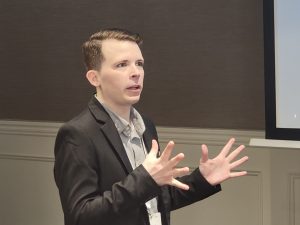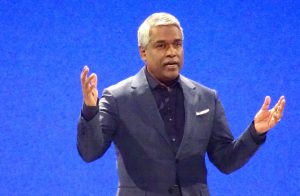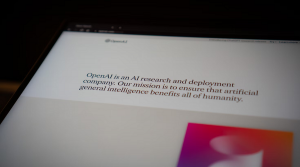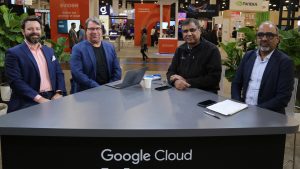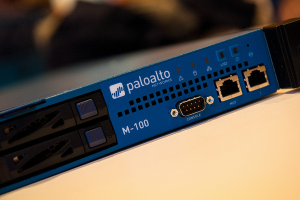4 Keys to Monetize Internet of Things : Google’s Pay-Per-Gaze + More
![]() Google has been granted a patent that appears to all but reveal the long-term plans for the eye-tracking sensors its developing. Those sensors haven’t made their way formally into Google Glass yet, but we’re pretty sure that’s coming. Oh, and if you also were mindful enough to recognize that eye-tracking sensor technology could offer a new way for Google to monetize advertising through Google Glass, you’d be correct again.
Google has been granted a patent that appears to all but reveal the long-term plans for the eye-tracking sensors its developing. Those sensors haven’t made their way formally into Google Glass yet, but we’re pretty sure that’s coming. Oh, and if you also were mindful enough to recognize that eye-tracking sensor technology could offer a new way for Google to monetize advertising through Google Glass, you’d be correct again.
Google is calling the patent “pay-per-gaze” advertising. Google will charge advertisers if the user looks at an ad, online of offline, while wearing Google Glass. The patent was filed in May 2011 and granted this past Tuesday. While the patent doesn’t specifically mention Google Glass by name, and the application includes images that look more like traditional glasses — it’s obvious that the current incarnation of Google Glass stands to gain exponentially from the patent.
By 2020, it is expected that there will be anywhere between 24 – 50 billion internet-connected devices in use. That’s a lot of smartphones and smart-toasters. Wearable technology is expected to make up a notable chunk of those internet-connected devices. That opens up a world of opportunity for gadget makers and advertisers alike. “The more data you have about a customer, the easier it is to deliver an ad,” said Rob Winters, Director of Reporting and Analytics for Spil Games, during an interview on theCube.
Though Winters’ comment pertains to the gaming platform, the same principle applies to internet-connected devices. The more people use them and enter their information, the more companies will know about the consumers, thus better targeted ads can be delivered.
![]() Winters noted that though analyses of collected data points is invaluable in providing a more personalized experience for the user, one should greatly consider the best approach for each individual. Some may see advertising on social sites such as Facebook, Twitter, and LinkedIn, the best option since it seeks out targets based on like-minded marketing but that would probably cost a lot. For a more economical solution, brands could take a more individualized approach based on specific user ad and page views and lengths of time of those views.
Winters noted that though analyses of collected data points is invaluable in providing a more personalized experience for the user, one should greatly consider the best approach for each individual. Some may see advertising on social sites such as Facebook, Twitter, and LinkedIn, the best option since it seeks out targets based on like-minded marketing but that would probably cost a lot. For a more economical solution, brands could take a more individualized approach based on specific user ad and page views and lengths of time of those views.
But according to Martie Spoche, a degree holder in trademark and copyright law with a minor in IT, there are four key areas in IoT that companies should focus on to maximize monetization:
4 keys to monetizing the Internet of Things
- Controlling configurations
Embedded Licensing monitors two aspects of how your software is used: by controlling access to the software source code and by controlling how the software-embedded hardware is used.
- Supporting field upgrades
Field upgrades allow a customer to decide to upgrade their software without having to send it back to the company or purchase a new piece of hardware. With embedded software licensing, companies can verify the software’s integrity and then perform the upgrade in the field.
- Creating personalized offerings
When your smart software is monitored with an embedded license, you are able to offer different levels of software functionality within the same essential hardware device. This allows you to market essentially the same piece of hardware with different software at different price points to remain competitive.
- Gathering usage data
With licensing that ensures software cannot be tampered with or hacked, it becomes possible to monitor detailed usage data from the moment the object leaves the warehouse. This allows your company to learn which features are more or less popular, offer value-driven upgrade options and more.
A message from John Furrier, co-founder of SiliconANGLE:
Your vote of support is important to us and it helps us keep the content FREE.
One click below supports our mission to provide free, deep, and relevant content.
Join our community on YouTube
Join the community that includes more than 15,000 #CubeAlumni experts, including Amazon.com CEO Andy Jassy, Dell Technologies founder and CEO Michael Dell, Intel CEO Pat Gelsinger, and many more luminaries and experts.
THANK YOU









